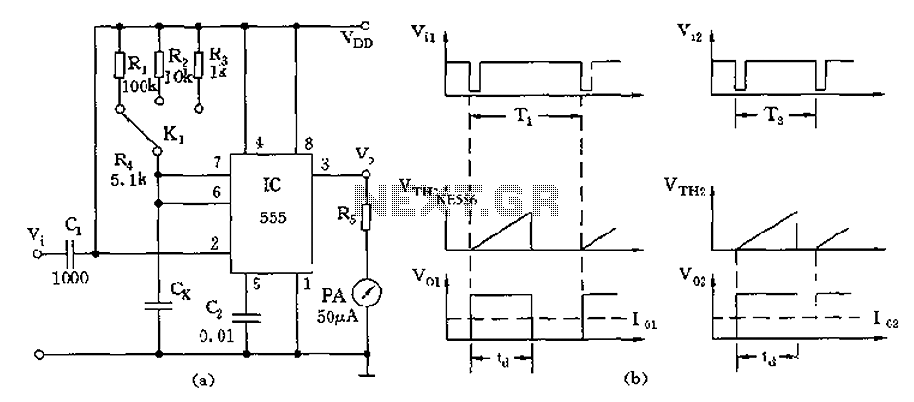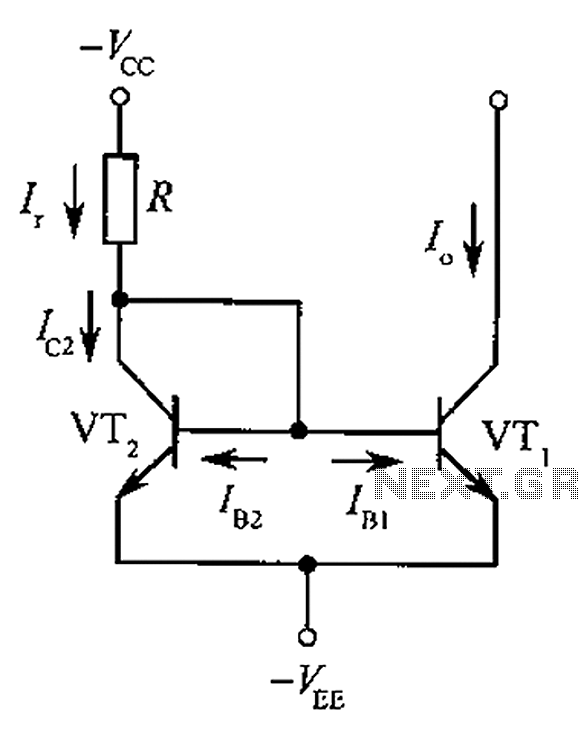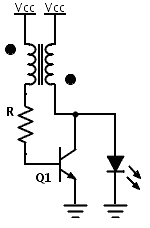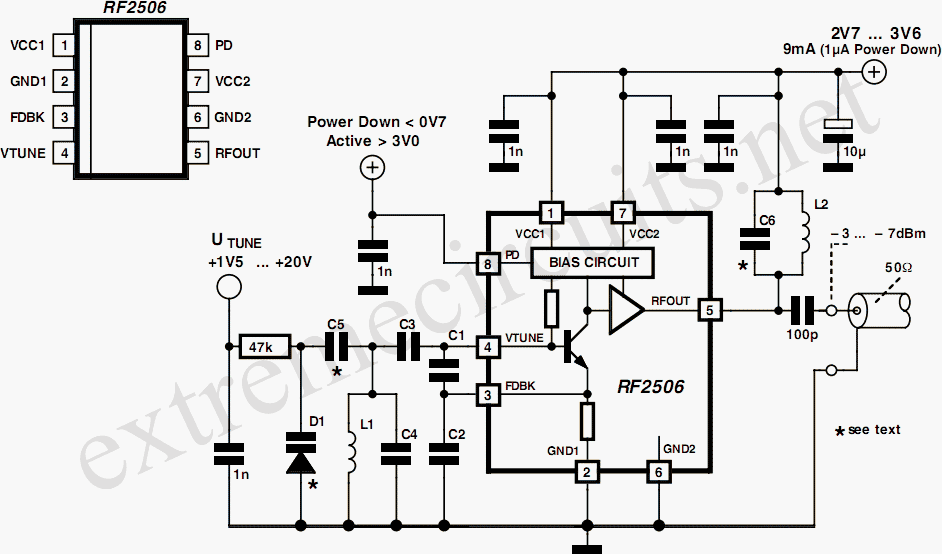
555 monostable circuit is used as a table or capacitance resistance meter schematic

The circuit utilizes a 555 timer along with timing resistors R1 to R3 and a measured capacitance Cx to create a capacitance meter. The principle of capacitance measurement in a one-shot circuit is based on the relationship between the capacitance and the time taken for the voltage across Cx to reach the threshold level of 2/3 Vdd. A larger capacitance Cx results in a longer charging time, leading to a more stable one-shot pulse. Due to the relationship td = 1.1RCx, when an input pulse triggers the circuit for a fixed period, the output's average amplitude td (or Cx) is proportional to the capacitance. An ammeter can be used to detect the current flowing through the meter, which reflects the width of the output pulse td from the 555 timer, indicating the size of the capacitance Cx. If the circuit is modified by replacing Cx with a fixed capacitance C and placing the measured resistance Rx in a specific position, the circuit can be recalibrated using a range change switch to measure resistance.
The circuit operates by initially charging the capacitor Cx through the resistors R1 to R3, which set the timing characteristics of the 555 timer in monostable mode. The output pulse width, td, is determined by the formula td = 1.1RCx, where R is the equivalent resistance seen by the capacitor during its charging phase. As the capacitor charges, the voltage across it rises until it reaches the threshold level of 2/3 Vdd, at which point the output of the 555 timer goes low, terminating the pulse. This duration of the pulse is directly related to the capacitance value, allowing for an indirect measurement of capacitance.
To utilize the circuit for resistance measurement, the measured resistance Rx can be connected in series with a fixed capacitor C. By adjusting the range change switch and recalibrating the meter, the circuit can accurately measure resistances. The output waveform can be visualized on an oscilloscope, displaying the pulse width corresponding to the capacitance or resistance being measured. The design is versatile, allowing for both capacitance and resistance measurements through minimal modifications, making it a valuable tool for electronics testing and diagnostics. As shown by 555 and the timing resistor R1 ~ R3 and measured capacitance Cx can be composed pointer capacitance meter, one-shot circuit capacitance measurement principle is the use Cx greater capacity, the greater the stability of the one-shot pulse temporarily that the voltage on Cx charge to the threshold level (2/3Vdd) the time required for longer. Due td 1.1RCx relationship, so when the input pulse triggers a fixed period, the output of the average amplitude of td (or Cx) is proportional to the relationship between the use of its amplitude of the ammeter to detect current flowing through the meter It reflects the size of the output pulse width td 555 size, which reflects the size of the capacity Cx.
If the circuit Cx exchanged for a fixed capacitance C, and the measured resistance Rx R will be placed in a position, through the range change switch and recalibration of the table, the table can be used as resistance measurements. Figure b its waveform.
The circuit operates by initially charging the capacitor Cx through the resistors R1 to R3, which set the timing characteristics of the 555 timer in monostable mode. The output pulse width, td, is determined by the formula td = 1.1RCx, where R is the equivalent resistance seen by the capacitor during its charging phase. As the capacitor charges, the voltage across it rises until it reaches the threshold level of 2/3 Vdd, at which point the output of the 555 timer goes low, terminating the pulse. This duration of the pulse is directly related to the capacitance value, allowing for an indirect measurement of capacitance.
To utilize the circuit for resistance measurement, the measured resistance Rx can be connected in series with a fixed capacitor C. By adjusting the range change switch and recalibrating the meter, the circuit can accurately measure resistances. The output waveform can be visualized on an oscilloscope, displaying the pulse width corresponding to the capacitance or resistance being measured. The design is versatile, allowing for both capacitance and resistance measurements through minimal modifications, making it a valuable tool for electronics testing and diagnostics. As shown by 555 and the timing resistor R1 ~ R3 and measured capacitance Cx can be composed pointer capacitance meter, one-shot circuit capacitance measurement principle is the use Cx greater capacity, the greater the stability of the one-shot pulse temporarily that the voltage on Cx charge to the threshold level (2/3Vdd) the time required for longer. Due td 1.1RCx relationship, so when the input pulse triggers a fixed period, the output of the average amplitude of td (or Cx) is proportional to the relationship between the use of its amplitude of the ammeter to detect current flowing through the meter It reflects the size of the output pulse width td 555 size, which reflects the size of the capacity Cx.
If the circuit Cx exchanged for a fixed capacitance C, and the measured resistance Rx R will be placed in a position, through the range change switch and recalibration of the table, the table can be used as resistance measurements. Figure b its waveform.





